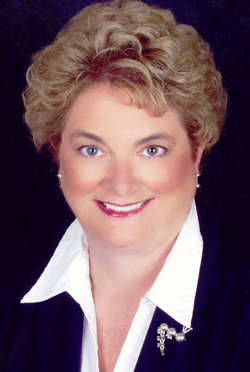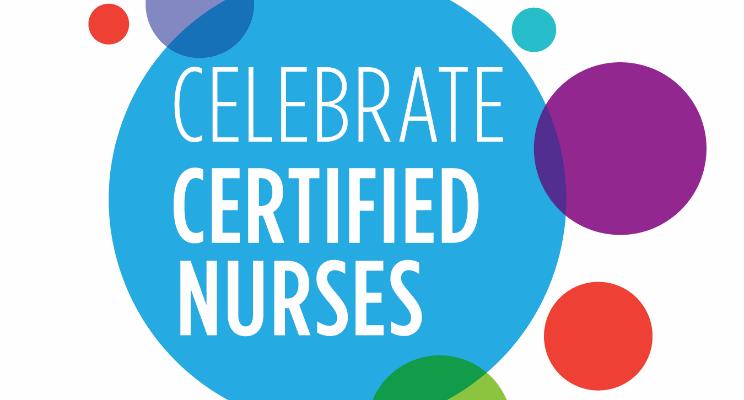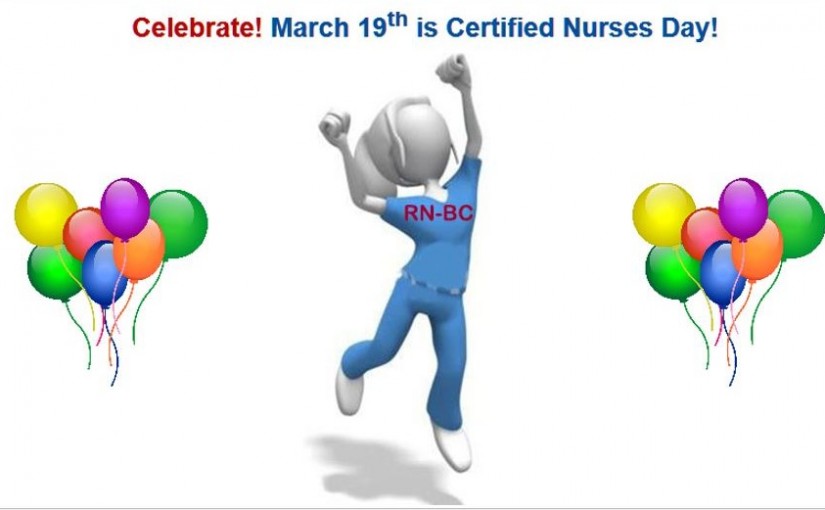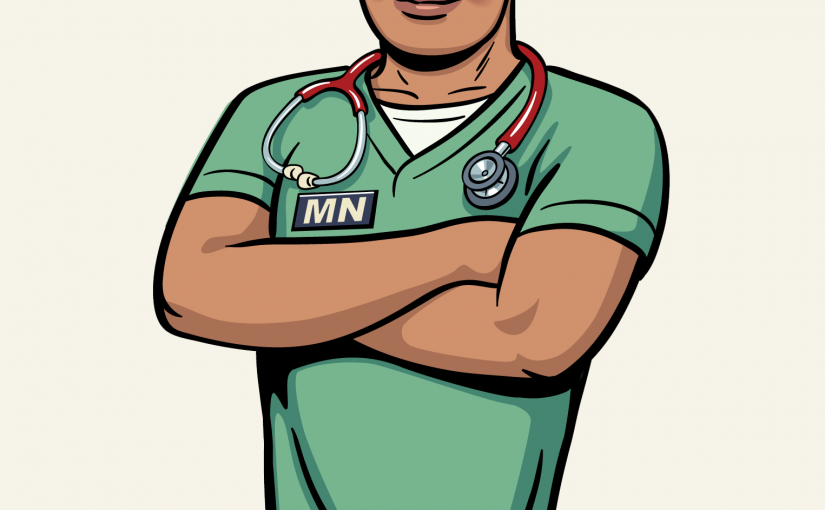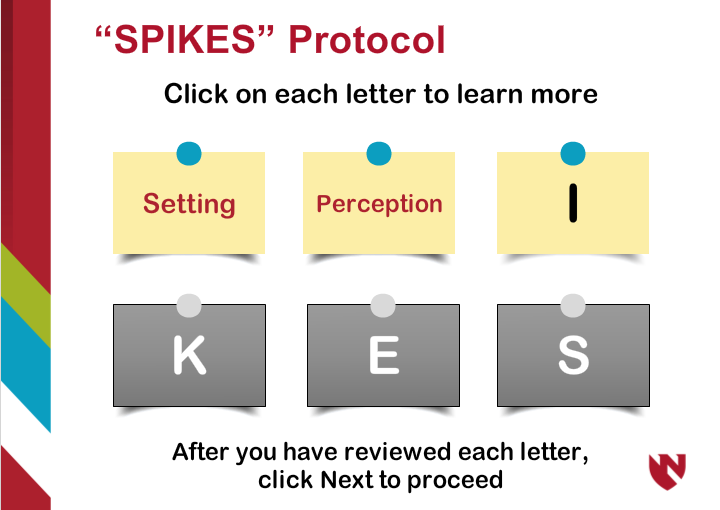Joyce Black, Ph.D., professor, College of Nursing-Omaha Division, was awarded the National Pressure Ulcer Advisory Panel’s (NPUAP) President’s Recognition Award at its biennial conference earlier this month. The award is a significant achievement as it recognizes Dr. Black as a national expert in the wound care provider community.
Dr. Black is a certified wound care nurse and a Fellow with the American Academy of Nursing, inducted for her work in the field of pressure injuries. Her clinical practice has focused on orthopedics, critical care, burn care, respiratory diseases, wound care, and plastic surgery.
In addition to serving as an NPUAP director for many years, Dr. Black served as president in 2006 and 2007. She chaired NPUAP’s effort to define pressure injuries — ulcers — and mucous membranes in 2010. Dr. Black also identified the problem of deep tissue pressure injury while serving on the NPUAP board and clarified its definition in 2016.
She is widely published in the area of pressure injuries and assisted with the development of both the 2009 and 2014 International Clinical Practice Guidelines. She also served as co-chair of the Pressure Injury Staging Task Force. In 2015 she was the recipient of the Thomas Stewart Founder’s Award. The NPUAP President’s Recognition Award was created in 2013 and is presented to an individual who has made special contributions to NPUAP and to the field of pressure injury prevention and treatment.
